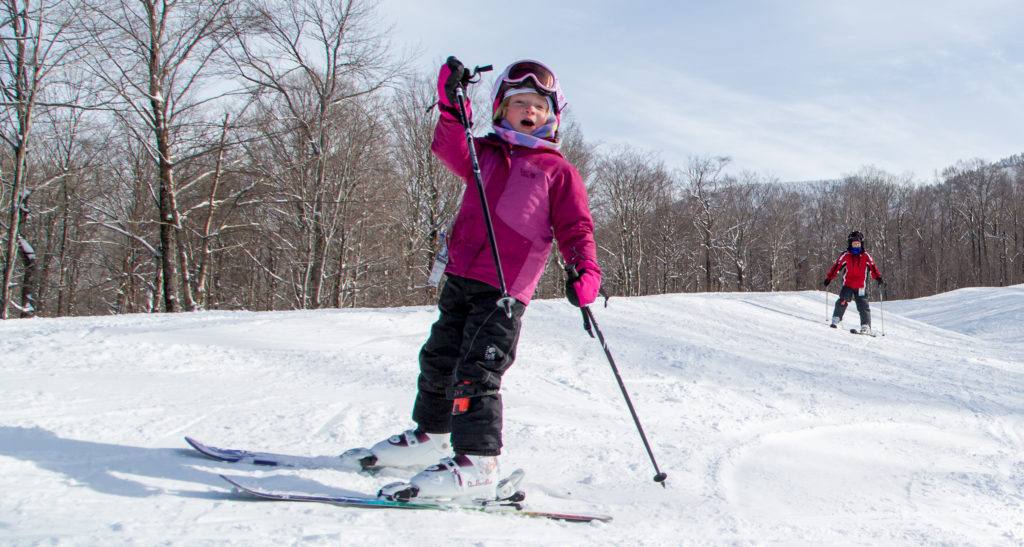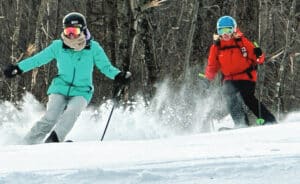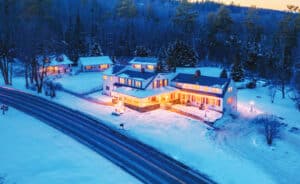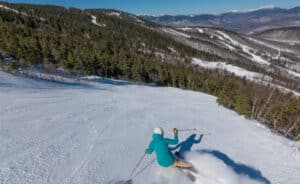
When I look at annual magazine assessments of the best skiing in the East, followed by the lists and rankings, I am at once amused and amazed. How do they pull this thing off year after year, I wonder?
Having been a ski journalist for 30 years or so, I came to regard this as a staple of the trade. Or, to put it another way, a day off for me. It was a little like the Old Farmer’s Almanac that published its annual weather report, including snowfall forecasts for various zones in New England. If you include X number of zones, you’re bound to get a few of them reasonably close. Now and then.
So I began tucking one year’s OFA column away until the beginning of the next season, then checking out how the prognosticators did with the season’s weather. It became quickly clear that, like the stock investor who threw darts at the stock page to determine his investments, that I could have darted my way to a more accurate yearly weather forecast than OFA published.
As for ranking the best New England ski areas (or anywhere else, for that matter), I’m pretty sure they’re done about the same way. That is, arbitrarily. Except for those surveys that really do survey the skiers in the region. One year when I headed up this project for a national magazine, the problems were clear very quickly. To wit: Could we trust the source? In other words, since these were magazine responses, it was very easy to stuff a ballot box, thus leaving us to report on regional enthusiasm, and possibly to end up with a survey as crooked as North Carolina’s national elections.



